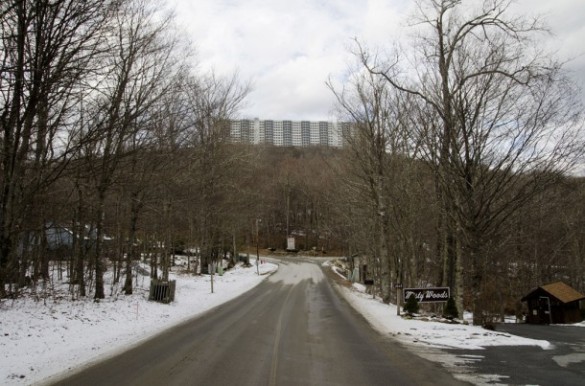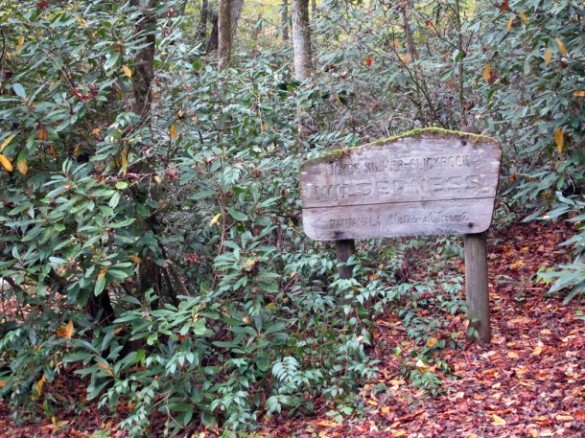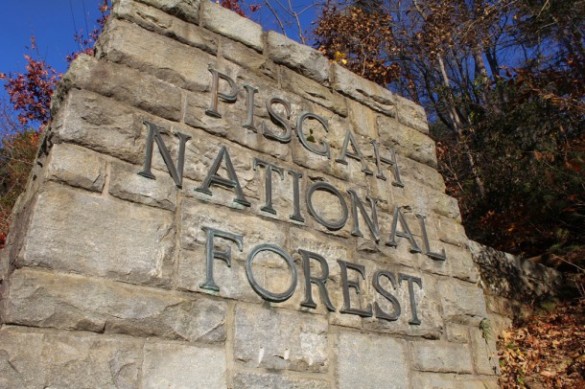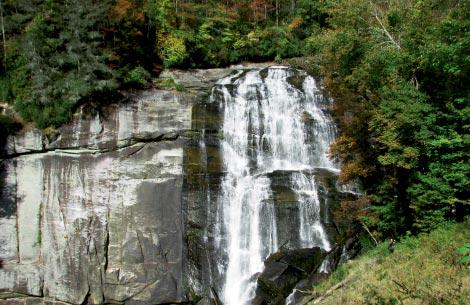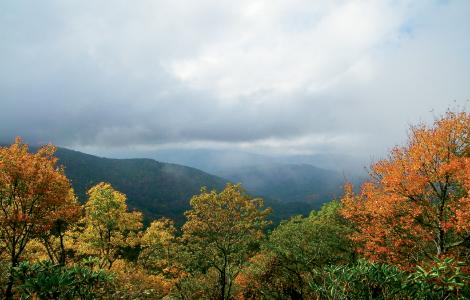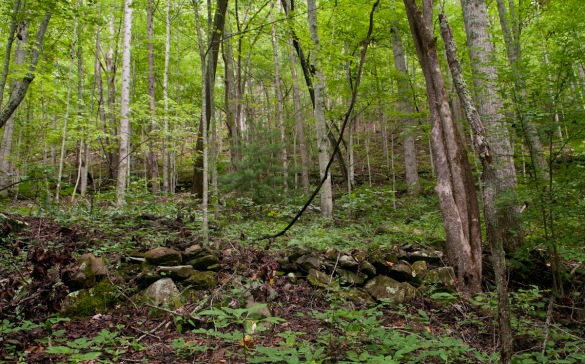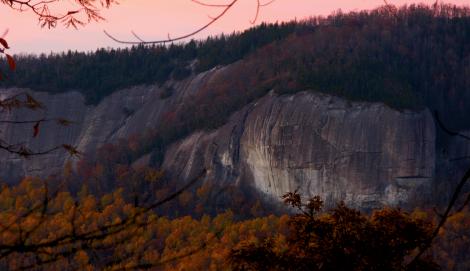This is part 2 of my story on the ridge law in Carolina Public Press (also on the front page of the Charlotte Observer web-site this morning):
On a blustery November afternoon, there are no views from the 5,000-foot summit of Little Sugar Mountain in Avery County. Situated on the knob is Sugar Top, the 10-story steel-and-concrete structure is veiled in a blanket of fog. Three decades ago, the construction of this very building launched a public debate on how the state should protect one of its most valuable resources: mountain views.
Ironically, the legislation this high-rise inspired — the Mountain Ridge Protection Act (of 1983), which banned certain tall buildings on ridge lines above 3,000 feet — gave Sugar Top an exclusive mountain apex location, making it an even easier sell by its developer, the Columbia, S.C.-based developer U.S. Capital Corp.
“Not much said about Sugar Top in the press has ever been positive,” said Dennis Lacey that November day. General manager of the building’s condominium association, Lacey is also a long-time resident of Sugar Top and the village of Sugar Mountain’s mayor.
